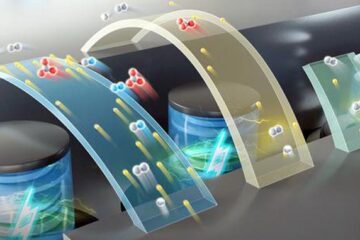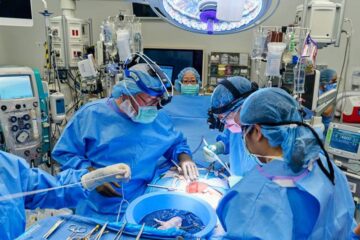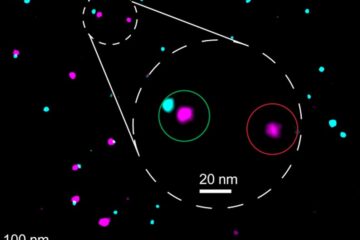Charging for water disinfection – The Physics Congress 2003

A pulsed electric arc could provide an alternative to chlorination and other chemical methods of disinfecting water, according to researchers from the University of Poitiers, France, speaking to the Institute of Physics’ Congress on March 27 at Heriot-Watt University.
Water treatment is usually carried out using chlorine-containing disinfecting agents but these produce by-products that are coming under increasing scrutiny by the European Community. Chemical agents to destroy pollutants are also widely used. The Poitiers team working with a team, from McMaster University in Canada, is looking for an alternative approach that offers a compromise between the efficiency of the process and the environmental impact that it may have.
The researchers have investigated an electrical solution to water treatment as a viable alternative to chemical disinfectants. The approach is based on the remarkable properties of an electrical pulsed arc discharge in water. A high voltage arcing between submerged electrodes creates countless free radicals, highly reactive atoms or groups of atoms with an odd number of electrons, which can cause chain reactions in the water destroying any contaminant, polluting molecules, or pathogen present.
The researchers described a system based on a cylindrical vessel in which an electric arc is created between two rod-type electrodes at high voltage. Professor Hubert Romat and his team from the University of Poitiers are now investigating the optimal voltage and electrode gap required to eradicate potentially harmful compounds in the water. They have also looked at the waveform of the electric current to find the most efficient power and flow rate for the discharge.
The team is busy working on finding the best waveform but does not yet know what the final configuration that might be used in practice will be. Professor Romat suggests that the potential between the electrodes will be likely to be a few thousand volts, the electric current passing between them about 10,000 amps and the duration of each arc 50 microseconds. Whatever configuration works best could one day lead to effective water treatment in a flash, without the chemical by-products.
Media Contact
More Information:
http://congress.iop.orgAll latest news from the category: Ecology, The Environment and Conservation
This complex theme deals primarily with interactions between organisms and the environmental factors that impact them, but to a greater extent between individual inanimate environmental factors.
innovations-report offers informative reports and articles on topics such as climate protection, landscape conservation, ecological systems, wildlife and nature parks and ecosystem efficiency and balance.
Newest articles

High-energy-density aqueous battery based on halogen multi-electron transfer
Traditional non-aqueous lithium-ion batteries have a high energy density, but their safety is compromised due to the flammable organic electrolytes they utilize. Aqueous batteries use water as the solvent for…

First-ever combined heart pump and pig kidney transplant
…gives new hope to patient with terminal illness. Surgeons at NYU Langone Health performed the first-ever combined mechanical heart pump and gene-edited pig kidney transplant surgery in a 54-year-old woman…

Biophysics: Testing how well biomarkers work
LMU researchers have developed a method to determine how reliably target proteins can be labeled using super-resolution fluorescence microscopy. Modern microscopy techniques make it possible to examine the inner workings…





















